Studio Anywhere 2: Hard Light
A Photographer's Guide to Shaping Hard Light
Nick Fancher
Ebook, Lighting, Photography, Popular Techniques, Print, Print and digital bundle
In Studio Anywhere 2: Hard Light, photographer and author Nick Fancher builds on the success of his previous book (Studio Anywhere: A Photographer’s Guide to Shooting in Unconventional Locations) as he continues to offer candid, practical, and valuable lessons on how to create successful and fresh photographs armed with only...
Read More
Read More
- Print and eBook Bundle: $44.99
- Print Book: $34.95
- eBook: $27.99
| BOOK AUTHOR | Nick Fancher |
|---|---|
| PAGE COUNT | 224 pages |
| TRIM SIZE | 7x9in |
| COVER | Soft Cover |
| ISBN | 9781681982267 |
| PUBLISH DATE | 01/2017 |
- IntroductionWhy Hard Light?
- Chapter 1Shaping available
- Chapter 2Shaping flash
- Chapter 3Ambient Balance
- Chapter 4Light Billiards
- Chapter 5Faking the Sun
- Chapter 6Long Exposures
- Chapter 7Painting with shadow
- Chapter 8Colored gels
- Chapter 9Gobos
- Epilogue
- Index
3 reviews for Studio Anywhere 2: Hard Light
You must be logged in to post a review.
Related Products
-
Minus 2/3 The Invisible Flash
Ebook, Photography, Print, Print and digital bundle This product has multiple variants. The options may be chosen on the product page Price range: $35.99 through $54.99Minus 2/3 The Invisible Flash
Ebook, Photography, Print, Print and digital bundle This product has multiple variants. The options may be chosen on the product page Price range: $35.99 through $54.99
Related Products
-
Minus 2/3 The Invisible Flash
Ebook, Photography, Print, Print and digital bundle This product has multiple variants. The options may be chosen on the product page Price range: $35.99 through $54.99Minus 2/3 The Invisible Flash
Ebook, Photography, Print, Print and digital bundle This product has multiple variants. The options may be chosen on the product page Price range: $35.99 through $54.99



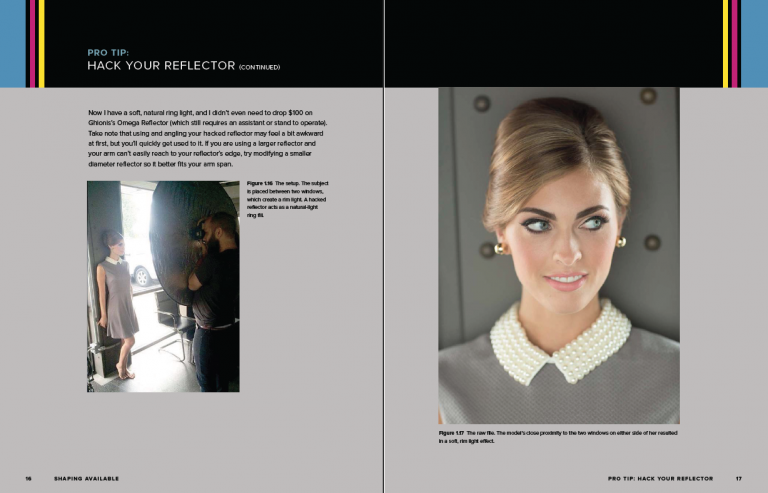
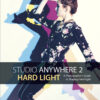

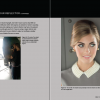
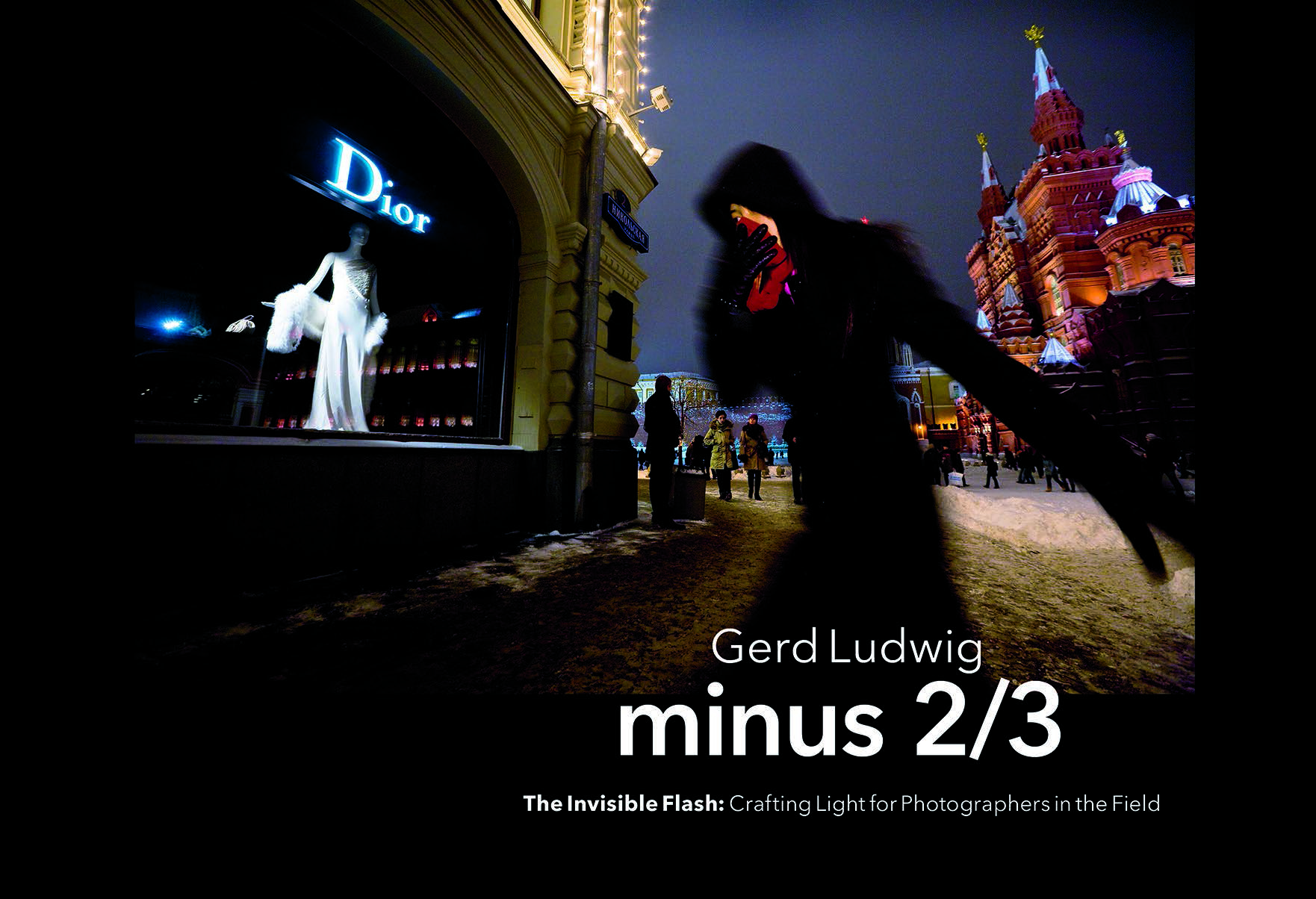
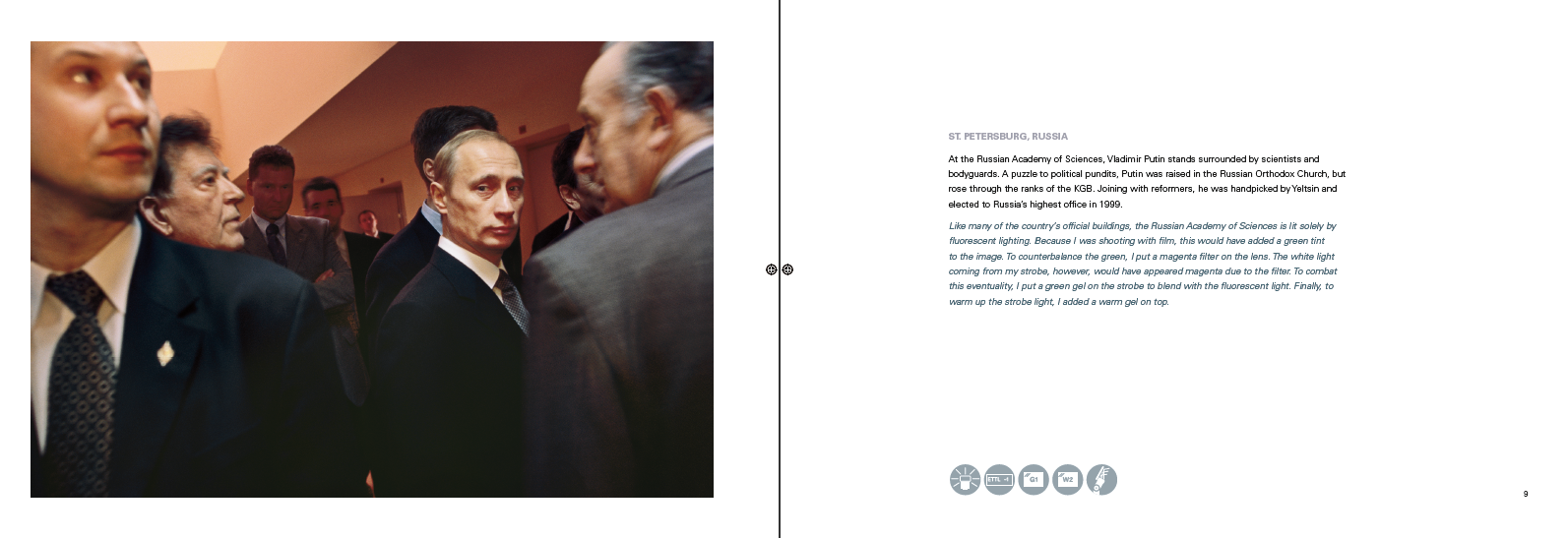
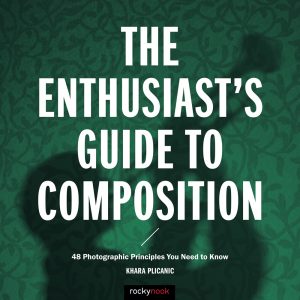
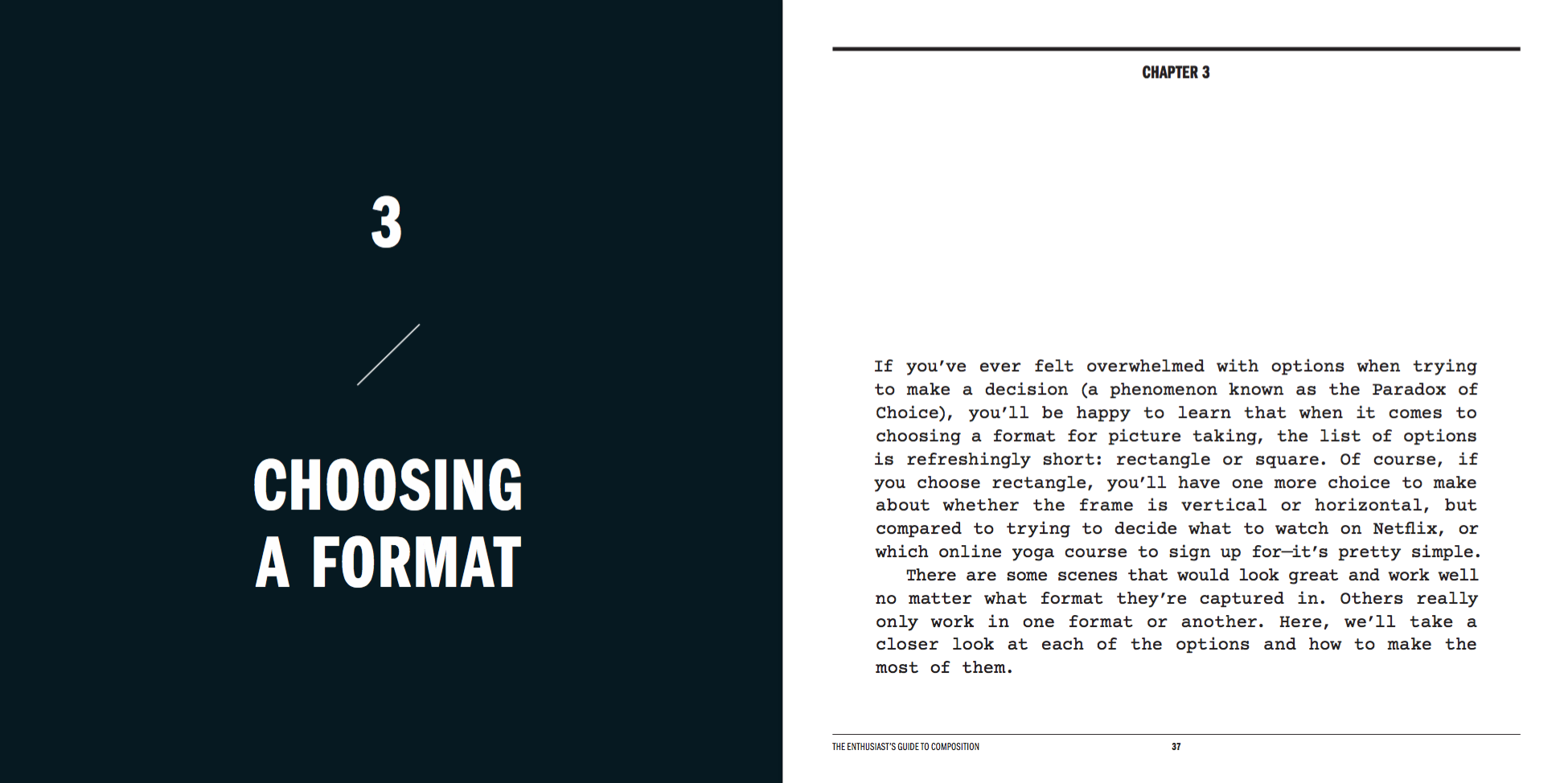
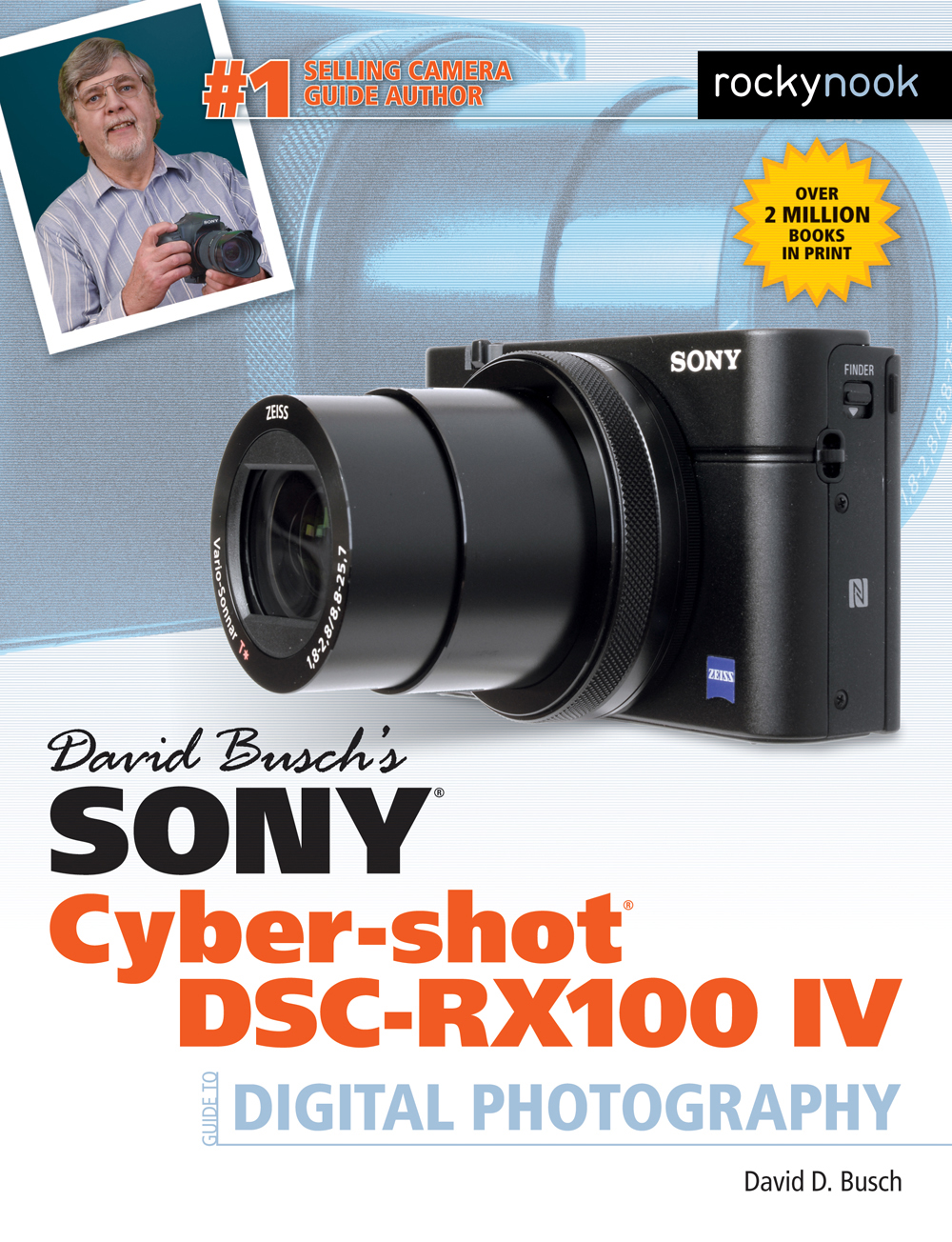
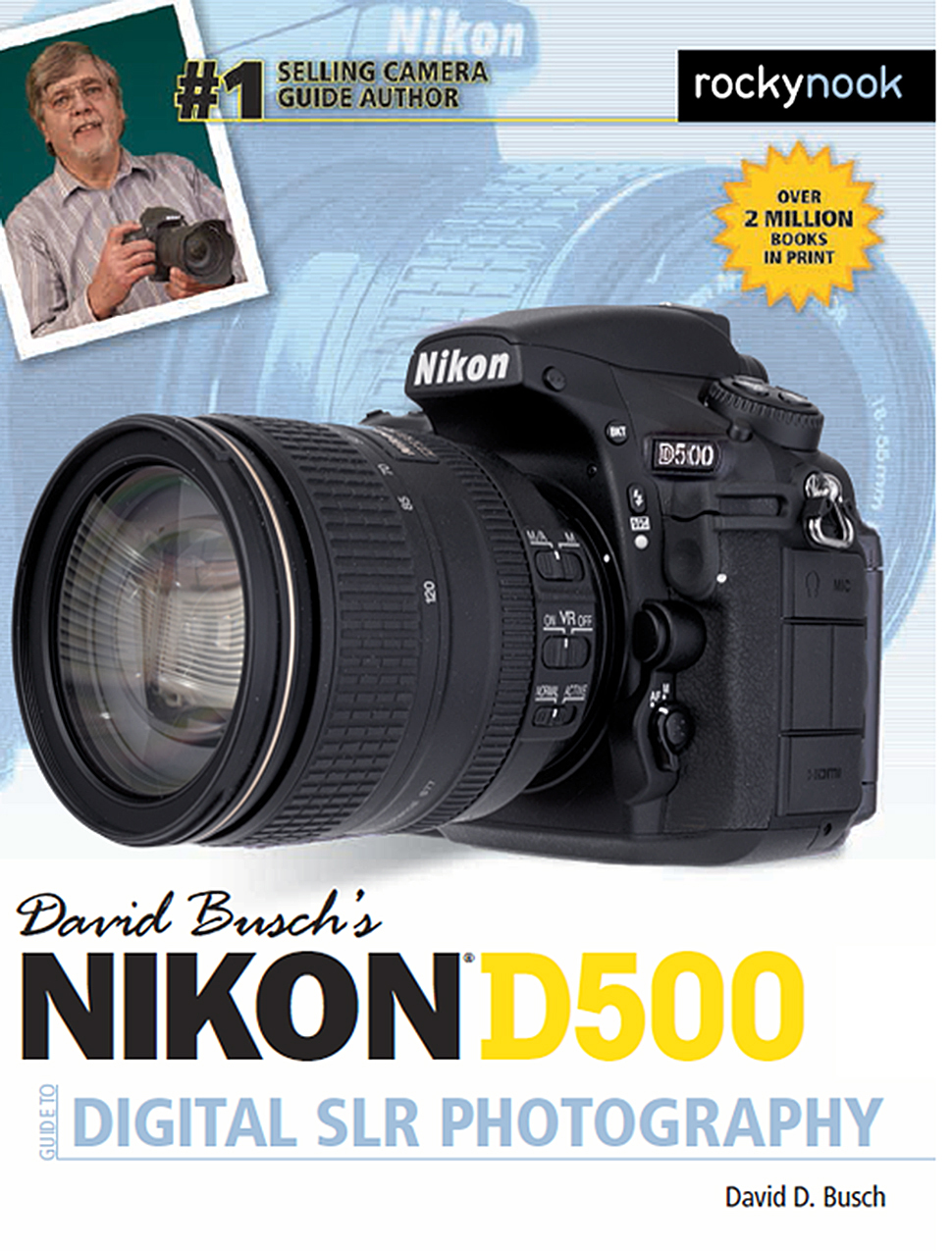
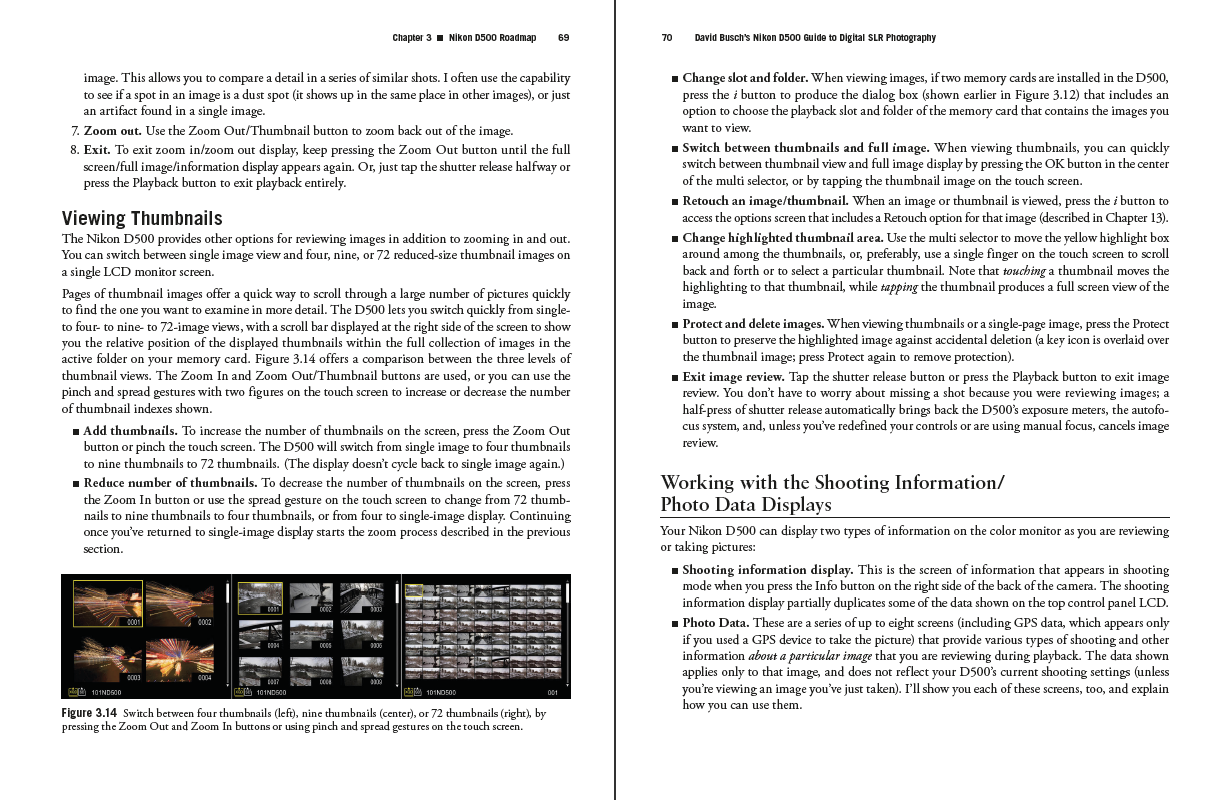

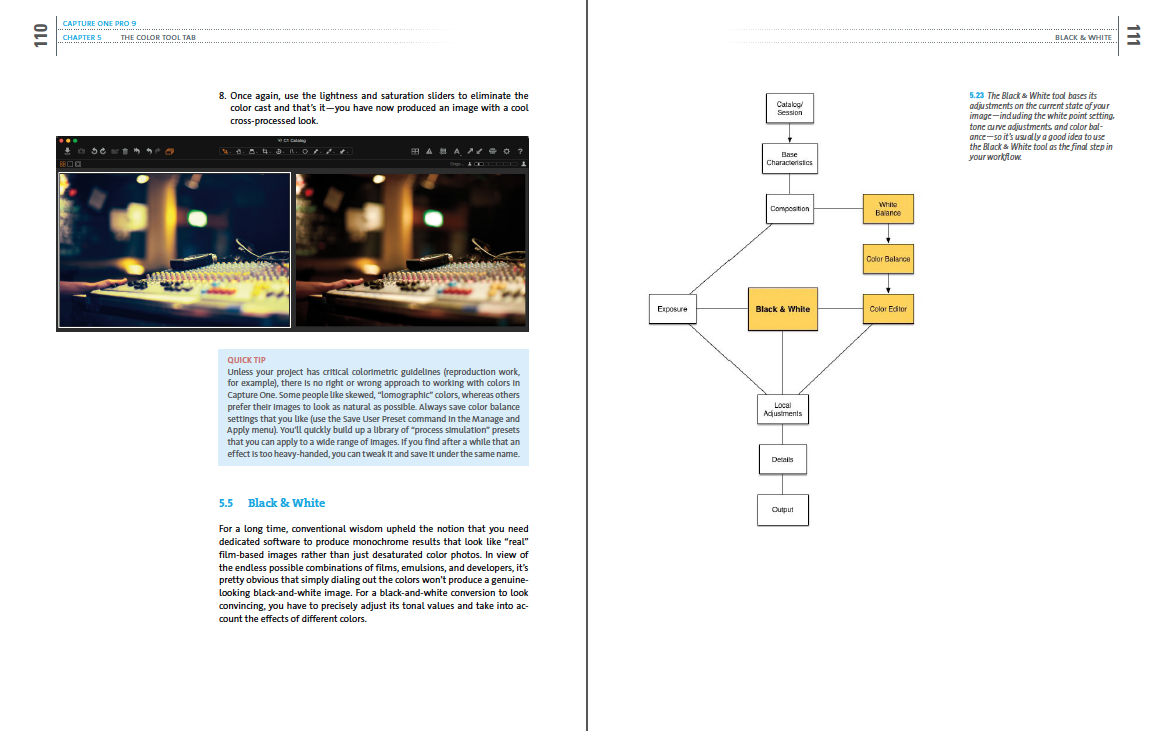
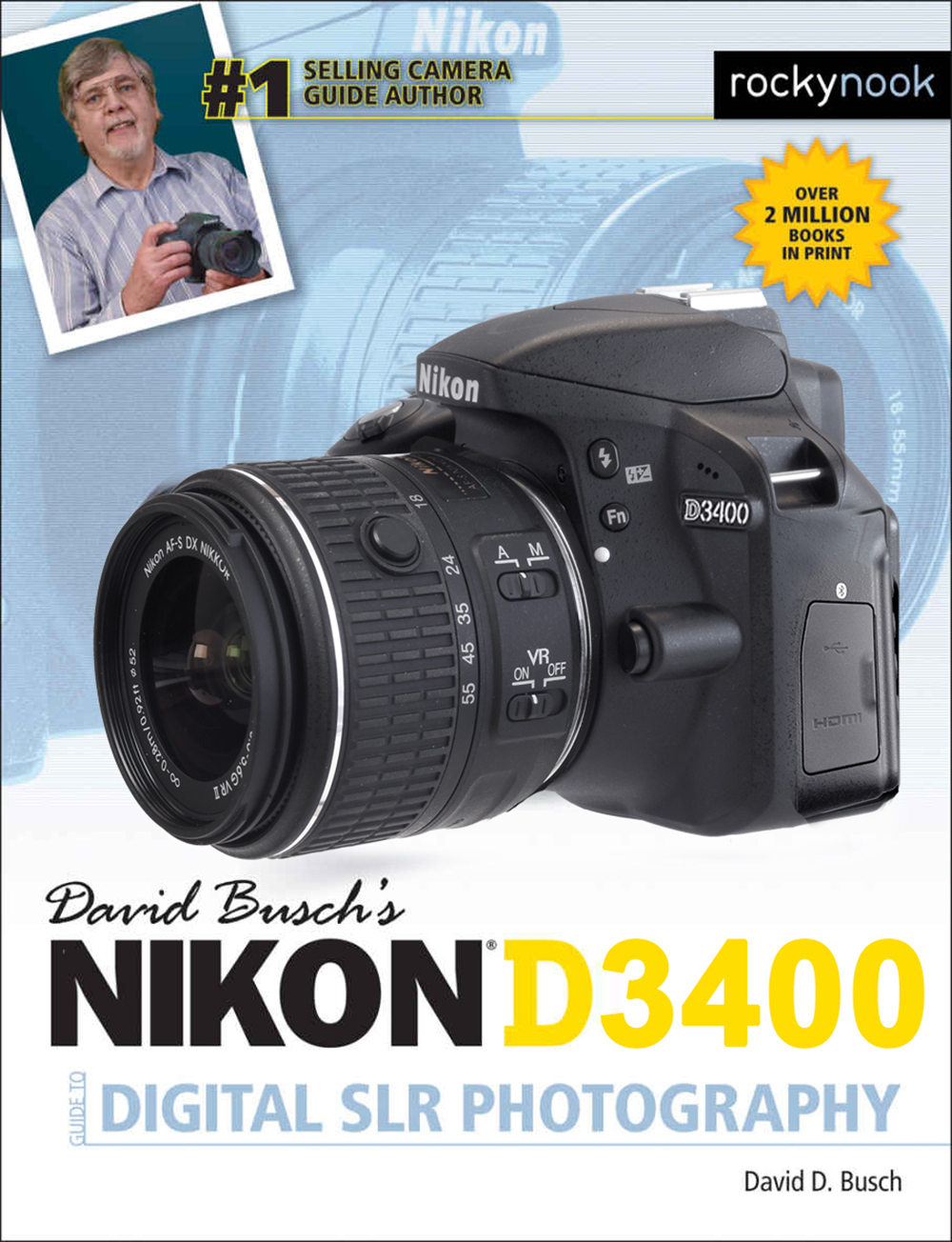
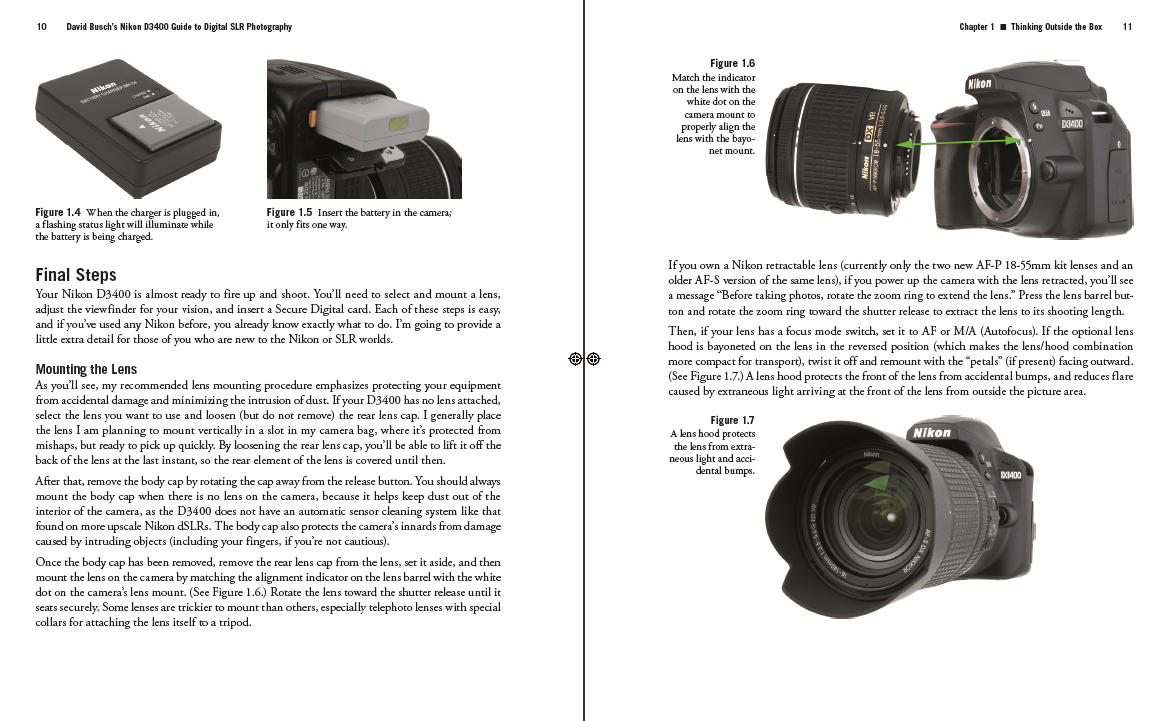
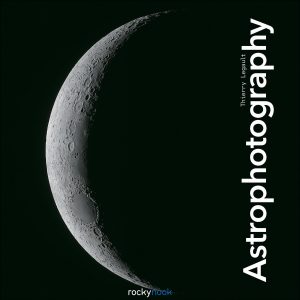
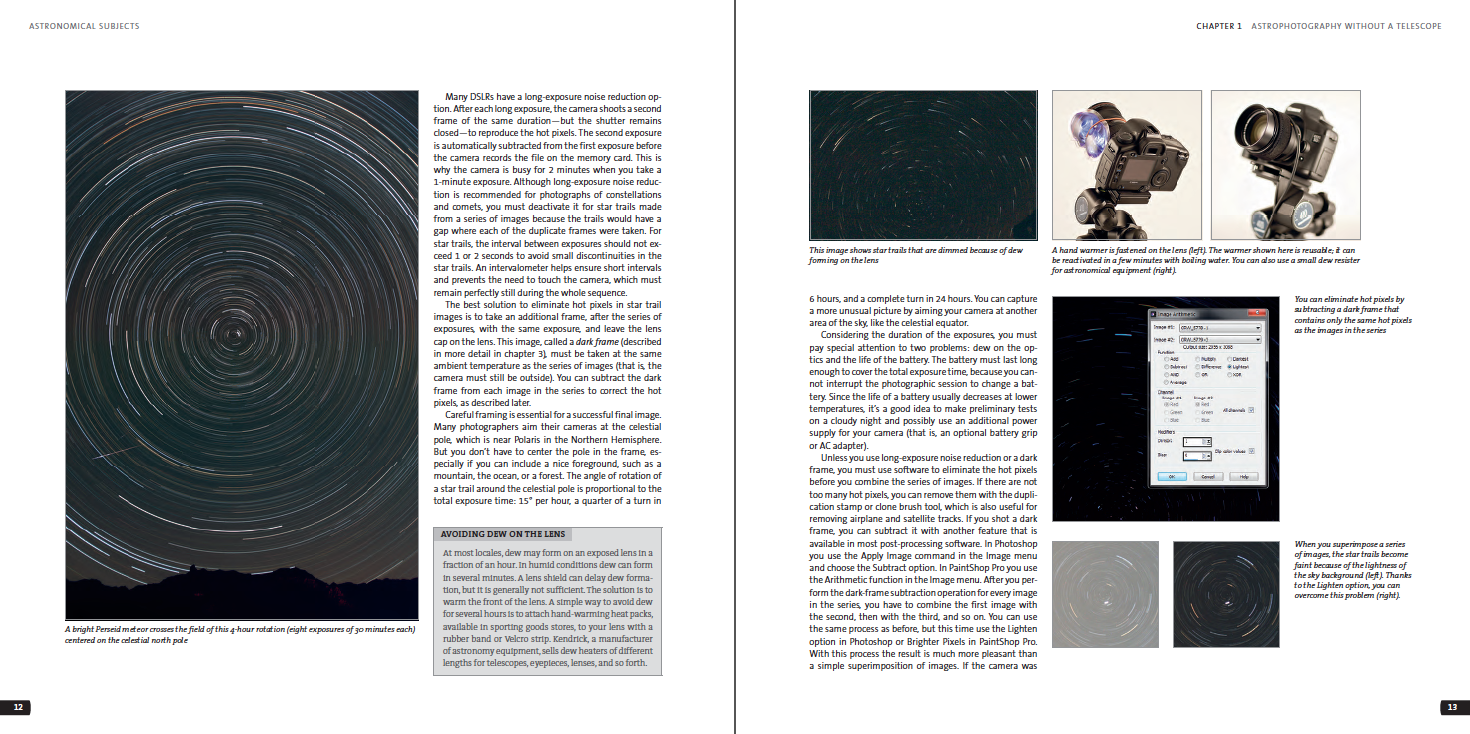
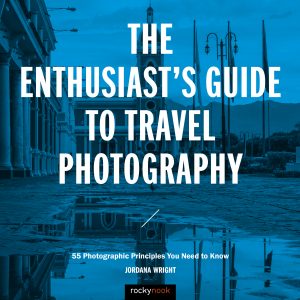
bennetmak (verified owner)
Very straight forward and easy understand to show the technique on using hard light. I did learn a lot from “Studio Anywhere 1” and “Studio Anywhere 2” did not disappoint me at all. Actually HARD LIGHT is no longer a harsh lighting. Reader with some basic knowledge of basic photographic lighting will be more easy to understand. I highly recommended.
Gloria
This book is uniquely useful to photographers because it talks about how to use hard light, the one thing other books on photography tell us to avoid at all cost. Even more than that though, Fancher gives us outside of the box ideas and explains everything in an understandable and easy to follow manner. I don’t think you’ll find a better book on using hard light in your photography.
Right off the bat we love the author because he suggests we not buy fancy new gear until we have reached the limitations with the equipment we have. He points out that he also learned more about how to use the equipment than had he if he bought the pro stuff right away. Gave him a broader view of what he could do with light. In the beginning of the book he makes a fun suggestion: shut your window blinds to create a natural light gobo — I love when photographers give us tips and tricks that don’t require a lot of technical knowledge or new equipment 🙂
I love iPhone tips and this author does not stint. He tells us, for example, that you can accomplish exposure lock on the phone’s camera which I did not know. He also tells us how, over a few pages with illustrations so that we really understand how to get much better pics out of our phones, especially in hard light. Flancher gives us more than other authors might give us regarding how to use light; for example, gives the example of a situation where the model would be in a very tight corner — so how do you set up your off-camera lights to illuminate the scene? He shows us and I have not seen that situation addressed anywhere else-though it must happen fairly often when shooting indoors. Lens flare seems to be a trendy thing in photography these days according to the magazines I peruse, and our author does not disappoint. He has a whole section on intentional lens flare.
I love the part where he talks about doing outdoor shoots on a rainy day, yet making the picture look as if it’s a sunny day! The cloning of raindrops and flash does the trick. That’s something else I have not seen elsewhere. This author seems to have done a good job of ferreting out issues not usually talked about. I especially enjoyed his section on inspiration where he talks about finding out that there are so many photographers better than you are 🙂 I find that I get discouraged, too, seeing photos so much beyond what I’m doing but he said he has learned not to pay attention to the competition! Instead, he uses the best pictures he sees and reverse engineers them to find out how they were made. That’s a very good piece of advice and would reduce my envy level a bit 🙂
Toward the end of the book Fancher has a chapter called “painting with shadow“. Although shadows are mentioned in most photography books discussing light, I don’t believe I’ve seen a section entirely devoted to working with shadows. Grateful to the author for his thoughtfulness.
In one of the last chapters the author does a brief a memoir of what it was like to establish himself as a commercial photographer. One never sees this much in photography books unless it’s a book specifically written on the business aspect of photography and I think it was a nice change of pace to come across it in a book on lighting. At the conclusion, the author shows us a few scene set ups in detail when he shot portraits on site. I found it helpful because it felt as though you were right along with him setting it up. Great book to have on your shelf when you face hard light!
aspeevak (verified owner)
I recently received this book and am still working through it, as it is full of really practical approaches to the use of flash, whether as a main light source or to augment in many normal and awkward or unusual harsh lighting situations, such as strong sun and shade in the same photo. Once you have tried these techniques (and the reader in my view should attempt to set up as many of these as possible as you read the book), it gives you both the interest and confidence to handle different situations. When travelling or challenged by a scene, you tend to start thinking of how it can be successfully or unusually lit, where previously you might have missed that opportunity. Another thrill for the reader is the more unique aiming of flash to achieve unusual light in a photograph, such as aiming the flash down a wall to achieve a light pattern or band behind a person, or for a highlight in the photograph or on the subject. So far this book is a stimulating read, and having it in e-format for example, allows one to have it at hand, as a go-to manual, so you can always see how the author Nick, might light a similar situation.